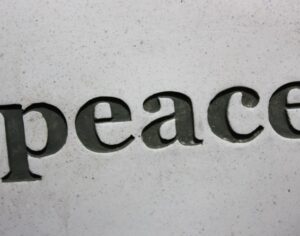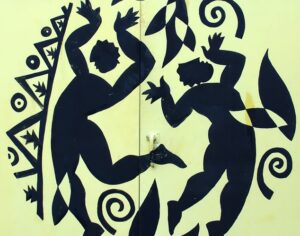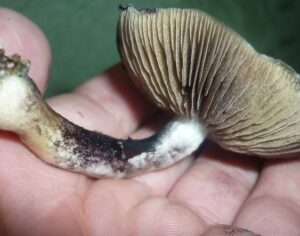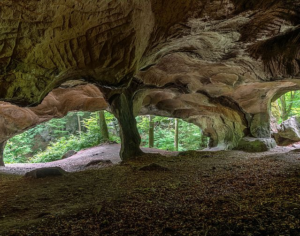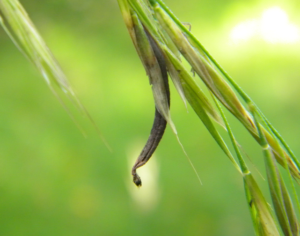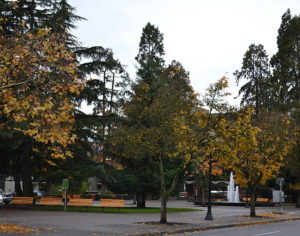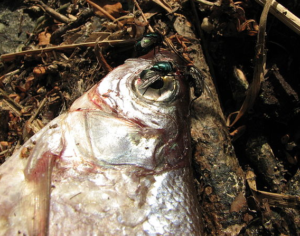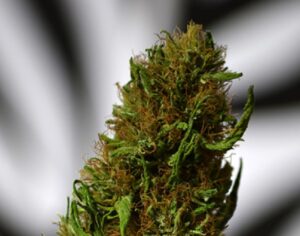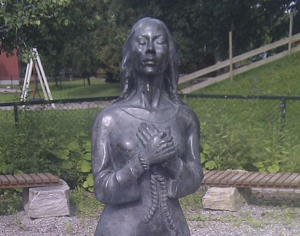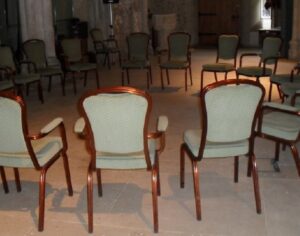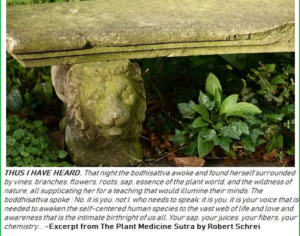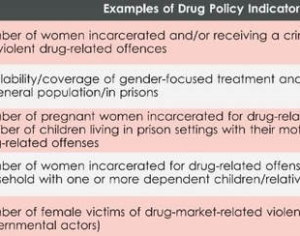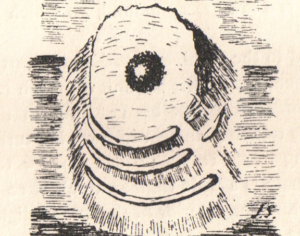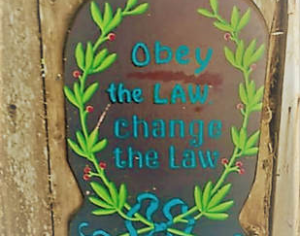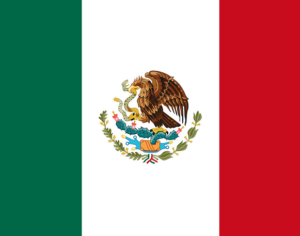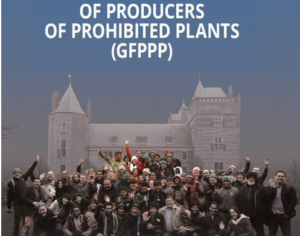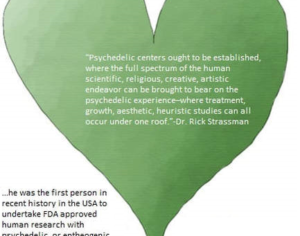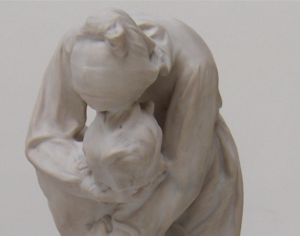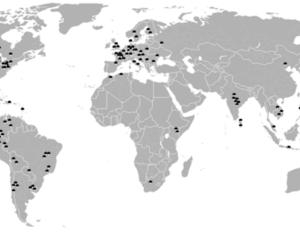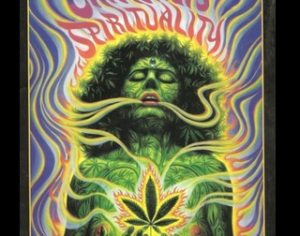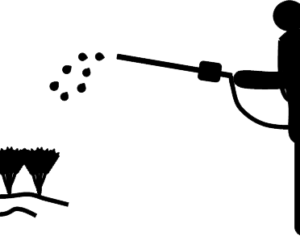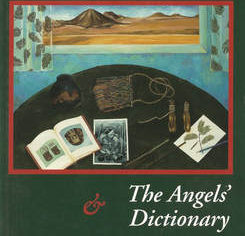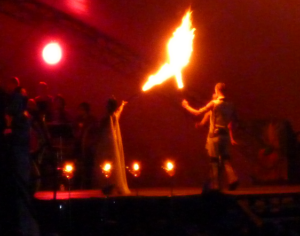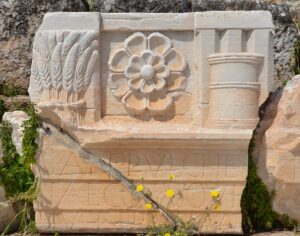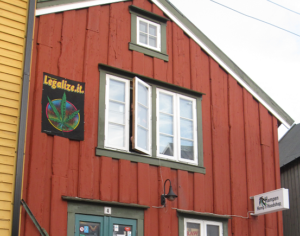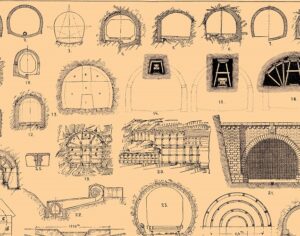Religion as a product of psychotropic drug use
*John Marco Allegro featured here in film describing his research
Perhaps one of the first things to consider is whether there is any direct evidence for the entheogenic theory of religion which derives from contemporary science.
On Good Friday 1962, two groups of students received either psilocybin or niacin (a non-hallucinogenic “control” substance) on a double-blind basis prior to the service in Boston University’s Marsh Chapel. Following the service nearly the entire group receiving psilocybin reported having had a profound religious experience, compared to just a few in the control group. This result was therefore judged to have supported the entheogenic potential of hallucinogenic drug use. Interestingly, the experiment has subsequently been repeated under somewhat different and arguably better controlled circumstances and the results were substantially the same … [As for religious historicity] pride of place here goes to John Marco Allegro’s 1970 publication, The Sacred Mushroom and the Cross. Allegro considered the possibility that ancient peoples would have been particularly concerned with two things—procreation and the supply of food. He suggested that they may have viewed rain as a type of heavenly semen that then impregnated the earth, allowing the growth of crops and the success of the harvest. Plants absorbed this holy semen—and some plants more than others. Amanita muscaria was such a plant that, when consumed, allowed a person to commune more closely with God … Allegro also suggested that the information concerning the use of Amanita muscaria as a religious fertility sacrament was subject to great secrecy, the provenance of a priestly sect. He speculated that these practices developed very early on in human history, even prior to the time when writing first came into existence during the ancient Sumerian civilization. He further suggested that the existence of the mushroom was secretly encoded in the use of particular Sumerian word roots. This secret encoding of the mushroom fertility cult down through the ages eventually led to the development of the concept of Jesus to encapsulate the identity of Amanita muscaria around the time of the sacking of the second temple by the Romans. Thus, according to Allegro, Jesus never actually existed. He purported to demonstrate, using philological analysis of the structure of the ancient Sumerian language, that the name Jesus actually meant something along the lines of “semen” and that Christ meant something like “giant erect mushroom penis.” According to Allegro, the Bible (and the New Testament in particular) is really just a series of myths that describe the secrets of the Amanita muscaria fertility cult rather than real people.
Original Article (The Atlantic):
Religion as a Product of Psychotropic Drug Use
Artwork Fair Use: Gnostic Media


